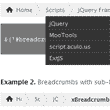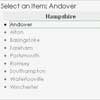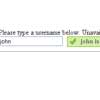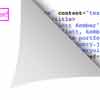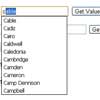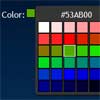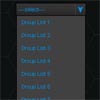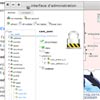Attention! This plugin is not maintained anymore, because this functionality is already in Swiper 3 core.
Swiper-3D-Flow
3D Flow plugin for Swiper
3D Flow is the ultra small (1Kb minified and gzipped) and free plugin for iDangero.us Swiper that turns your great swiper slider (or app) into amazing realistic 3D gallery with dynamic shadows. It was inspired by iOS App Store homepage 3D slider.
It works in all browser that support CSS3 3D Transforms: WebKit browsers (Chrome, Safari, iOS Safari, native Android & BlackBerry browsers, etc.), FireFox 12+ and Internet Explorer 10 (including Windows Phone 8). In browsers that do not support CSS3 3D transforms it will work and look like a usual Swiper.
Demos and usage at http://www.idangero.us/sliders/swiper/plugins/3dflow.php
Note
UMD and non UMD versions are provided.
Build
This project uses grunt to build a dist version.
First you need to have grunt-cli which you should install globally.
$ npm install -g grunt-cli Then install all dependencies,
$ npm install $ grunt The results is available in dist folder.
Build all versions
To create all versions you can use the dist task :
$ grunt dist This task is equivalent to :
$ grunt build # the non module version $ grunt build-umd # the module compatible version $ grunt uglify # minify umd and non umd versions Demos
Build
To update demos dependencies you will need to do this first,
$ grunt demo $ cd demos $ bower install Launch demos
You can use npm serve module which will create a temporary local server, that will help you watch the demos with no setup overhead.
If you don't have already serve module installed, the recommanded way is to install it globally:
$ npm install -g serve Then launch the temporary web server on any port you want, default being 3000, and give the demo path as the root directory.
If you want to launch on port 5000, being in ./demos folder, type this:
$ serve . -p 5000 or being in the root folder:
$ serve ./demos/ -p 5000 You can now point your brower to http://localhost:5000/.
License
GPL & MIT

